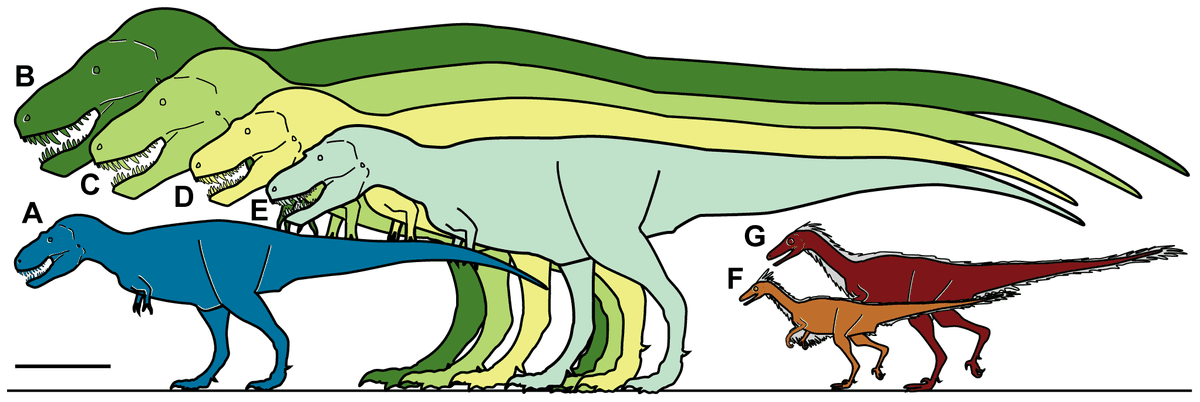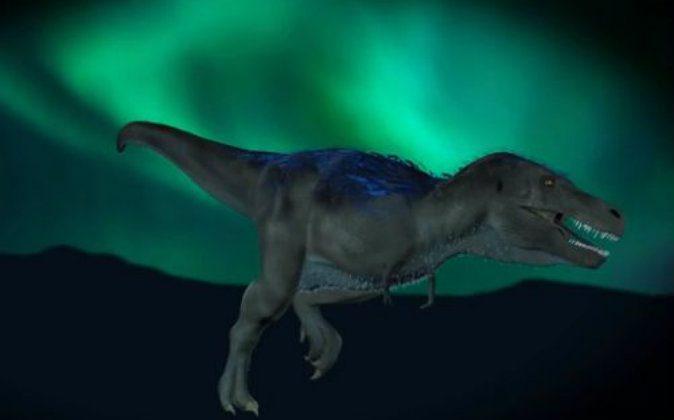A smaller relative of Tyrannosaurus rex, the newly discovered Nanuqsaurus hoglundi, thrived in the extreme cold.
Palaeontologists at the Perot Museum of Nature and Science in Dallas, Texas, published a report on the discovery Wednesday in PLoS ONE. Anthony Fiorillo and Ronald Tykoski had found and studied the 70-million-year-old fossil in 2006, but it wasn’t until last year that they realized they had really found a new kind of dinosaur.
A growing body of research on the tyrannosaurs helped them determine the novel nature of their discovery. The discovery provides insight into tyrannosaurid adaptability, according to the report. The partial skull was found in Alaska’s North Slope region.
Nanuqsaurus‘ diminutive stature may be attributed to sparser nutrients, as many carnivores today are seen to have a smaller body size in environments that have fewer resources. However, another dinosaur that lived in the North Slope region, Troodon, was bigger than its relative down south. The report explains that other environmental factors must have determined the optimal size of these dinosaurs for survival. Troodon had larger eyes, an added advantage for hunting in this environment.
Tyrannosaurus rex was about 40 feet in length (12 meters). Nanuqsaurus was about 22 feet (7 meters). The researchers have determined that the Nanuqsaurus fossil came from an adult.

A: Nanuqsaurus hoglundi. B: Tyrannosaurus rex, size based on a particular fossil. C: Tyrannosaurus rex, size based on a different fossil. G: Troodon, a dinosaur that lived in Alaska at the same time as Nanuqsaurus hoglundi. F: Troodon’s smaller relative that lived further south. Troodon gained size as it moved north, whereas the tyrannosaurs decreased in size as they moved north. D and E depict other dinosaurs mentioned in a report by Perot Museum researchers. D: Daspletosaurus torosus. E: Albertosaurus sarcophagus. Scale bar represents 3.2 feet (1 meter). (Fiorillo AR, Tykoski RS/PLOS One)





